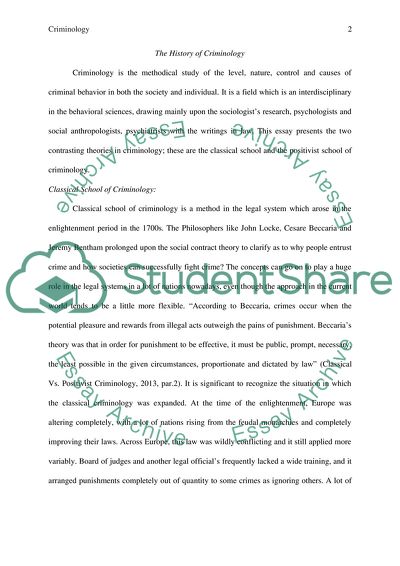Cite this document
(“The History of Criminology Research Paper Example | Topics and Well Written Essays - 1750 words”, n.d.)
The History of Criminology Research Paper Example | Topics and Well Written Essays - 1750 words. Retrieved from https://studentshare.org/social-science/1798333-criminology
The History of Criminology Research Paper Example | Topics and Well Written Essays - 1750 words. Retrieved from https://studentshare.org/social-science/1798333-criminology
(The History of Criminology Research Paper Example | Topics and Well Written Essays - 1750 Words)
The History of Criminology Research Paper Example | Topics and Well Written Essays - 1750 Words. https://studentshare.org/social-science/1798333-criminology.
The History of Criminology Research Paper Example | Topics and Well Written Essays - 1750 Words. https://studentshare.org/social-science/1798333-criminology.
“The History of Criminology Research Paper Example | Topics and Well Written Essays - 1750 Words”, n.d. https://studentshare.org/social-science/1798333-criminology.


